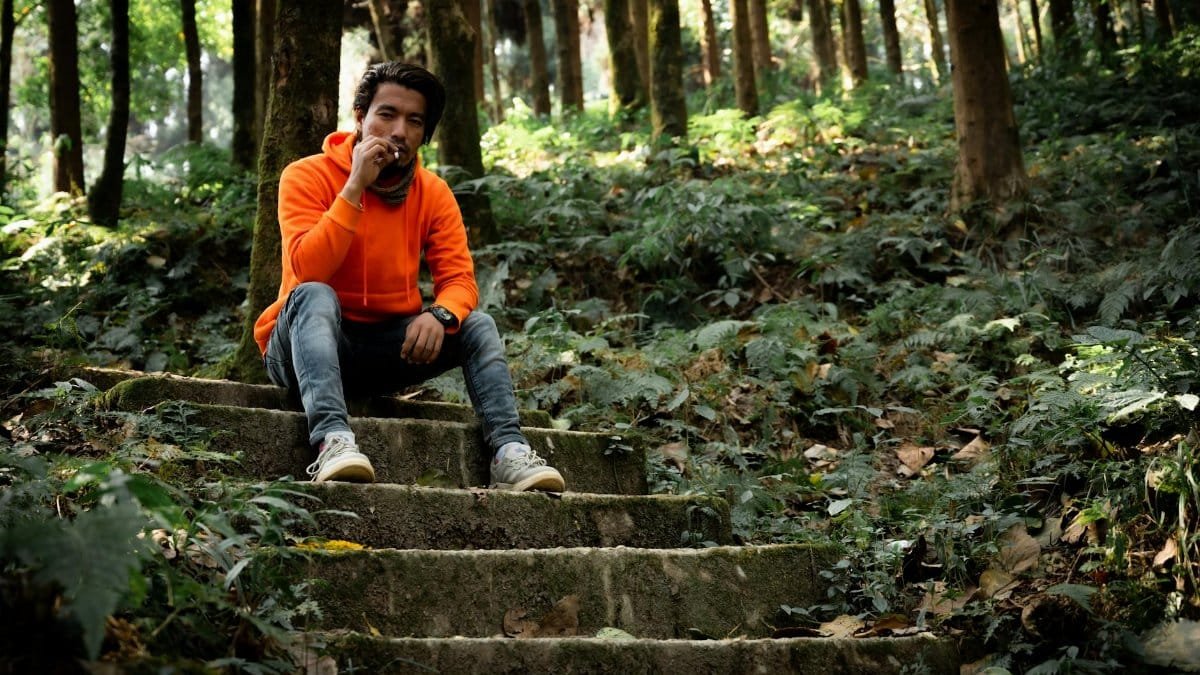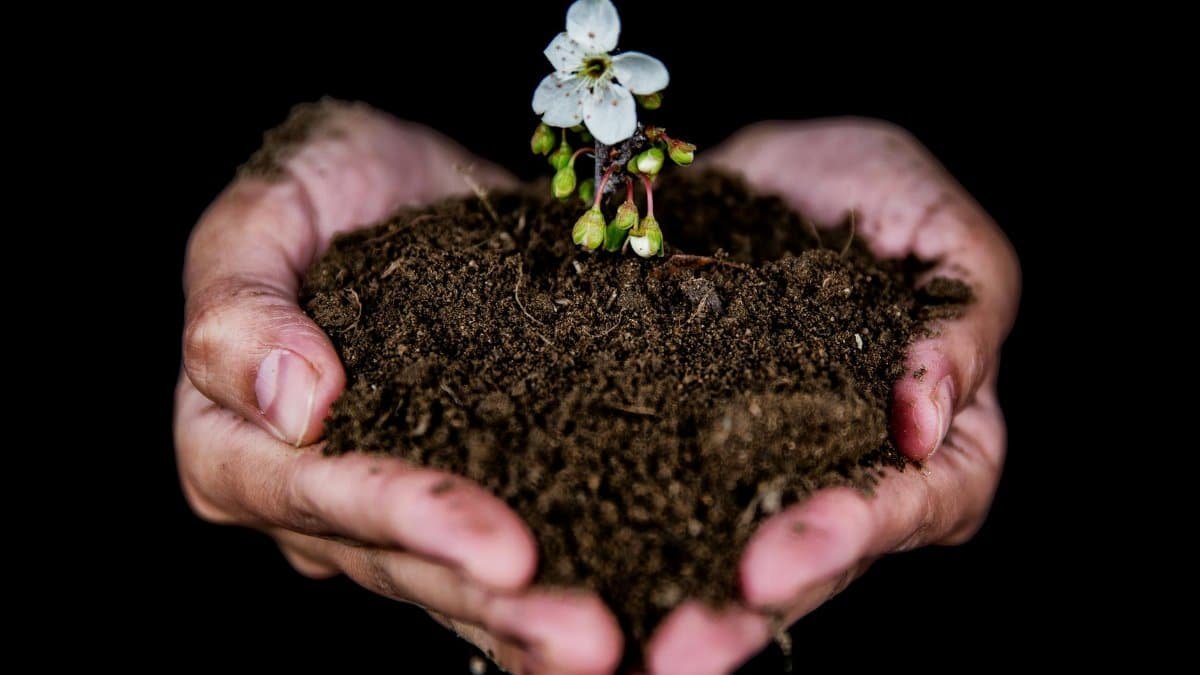Did you know that a staggering 40% of Americans report chronic stress levels that hinder their quest for inner calm, according to recent surveys? This alarming figure underscores a growing movement toward peace growth, the deliberate cultivation of mental and emotional tranquility amid life’s chaos. In 2025, as yoga studios boom across U.S. cities, more people are turning to practices like mindfulness and movement to foster this essential personal development. But why do so many still struggle? It often boils down to unaddressed inner conflicts, where perfectionism blocks true acceptance. Peace growth isn’t a quick fix—it’s a journey of self-discovery that’s reshaping how we approach wellness.
What Exactly Is Peace Growth?

At its core, peace growth refers to the ongoing process of building inner harmony through intentional practices, often rooted in yoga and mindfulness. Unlike fleeting moments of relaxation, it’s about sustainable change. Experts describe it as nurturing emotional resilience, much like tending a garden. In the U.S., this concept has gained traction with the rise of wellness apps and retreats, helping individuals combat daily stressors. A study from the National Institutes of Health highlights how such practices can reduce anxiety by up to 30%. For those in highpressure jobs, peace growth offers a practical toolkit for long-term balance.
The Role of Yoga in Fostering Peace

Yoga isn’t just about poses; it’s a gateway to peace growth. Through breathwork and asanas, practitioners learn to quiet the mind and embrace the present. In 2025, U.S. yoga participation has surged, with over 36 million adults involved, per industry reports. This spike reflects a shift toward holistic health, where movement therapy addresses both body and spirit. Instructors emphasize that consistent practice helps dismantle barriers to peace, like selfdoubt. One key benefit: improved sleep quality, which directly supports emotional stability. As cities like New York expand yoga offerings, it’s clear this ancient discipline is modernizing peace pursuits.
Common Barriers to Achieving Inner Calm

Many hit roadblocks in their peace growth journey due to hidden emotional baggage. Perfectionism tops the list, creating unrealistic expectations that fuel frustration. Social media amplifies this by showcasing curated lives, making genuine acceptance harder. Worklife imbalance also plays a part, with long hours eroding mental space. Research from the American Psychological Association shows that 75% of workers experience burnout, stalling personal development. To overcome these, experts recommend starting small, like daily journaling to uncover suppressed feelings. Recognizing these hurdles is the first step toward meaningful progress.
How Mindfulness Techniques Boost Peace Growth

Mindfulness is a powerhouse for peace growth, training the brain to stay grounded. Simple methods, such as guided meditation, help rewire thought patterns away from negativity. In the U.S., apps like Headspace have millions of users, backed by studies showing reduced cortisol levels. A report from the Centers for Disease Control and Prevention notes that mindfulness practices can lower depression risks. Integrating these into yoga routines amplifies effects, creating a synergy for deeper calm. For beginners, even five minutes a day can spark noticeable shifts in outlook and resilience.
The Impact of Community on Personal Tranquility

Peace growth thrives in supportive environments. Joining yoga groups or online forums provides accountability and shared experiences. In America, community centers are increasingly hosting wellness events, fostering connections that combat isolation. Data from Pew Research indicates that social bonds significantly enhance mental health outcomes. Participants often report faster progress when surrounded by likeminded individuals. This collective energy turns individual struggles into shared victories, making the path to peace less daunting. As 2025 trends show, virtual communities are bridging gaps, especially for remote workers seeking belonging.
Practical Steps to Start Your Peace Journey

Beginning peace growth doesn’t require expertise. Start with basic yoga flows at home, focusing on breath awareness. Set aside time for reflection, perhaps through evening walks. Incorporate affirmations to counter selfcriticism. Resources like the National Institutes of Health mindfulness page offer free guides. Track progress in a journal to note improvements in mood. Consistency is key; aim for daily microhabits. Over time, these build momentum, transforming abstract goals into tangible inner strength. Remember, it’s about progress, not perfection.
Real Stories of Transformation Through Peace Growth

Take Lisa M., a Chicago accountant who discovered peace growth after a burnout episode. “Yoga helped me accept my flaws,” she shared. Her experience echoes thousands, with many crediting movement practices for renewed vitality. In Texas, a group of veterans uses adaptive yoga to process trauma, reporting 50% less anxiety. These anecdotes highlight the human side of the trend. Across the U.S., such stories are multiplying, proving that peace growth can redefine lives. They serve as inspiration for anyone hesitating to embark on this path.
Measuring Success in Your Peace Efforts

How do you know if peace growth is working? Look for signs like better stress management and improved relationships. Tools such as moodtracking apps provide quantifiable data. Studies from Harvard Medical School affirm that regular practice leads to measurable brain changes. In 2025, wearable tech integrates with yoga apps to monitor progress. Celebrate small wins, like handling conflicts calmly. Ultimately, success feels like lighter emotional load, allowing fuller engagement with life. This selfassessment keeps motivation high and adjustments targeted.
Overcoming Doubts and Staying Committed

Skepticism often derails peace growth. Questions like “Will this really help?” are common. Address them by starting evidencebased, reviewing success rates from reputable sources. Commitment wanes without routines, so pair practices with enjoyable elements, like musicinfused yoga. Support networks reinforce persistence. As U.S. wellness culture evolves, more resources emerge to tackle doubts. The key: view setbacks as learning opportunities. With time, doubts fade, replaced by confidence in your growing capacity for peace.
